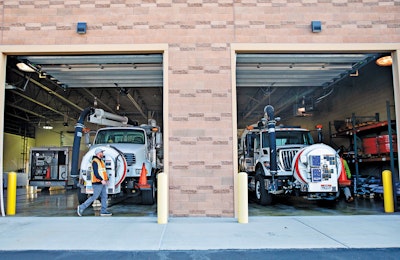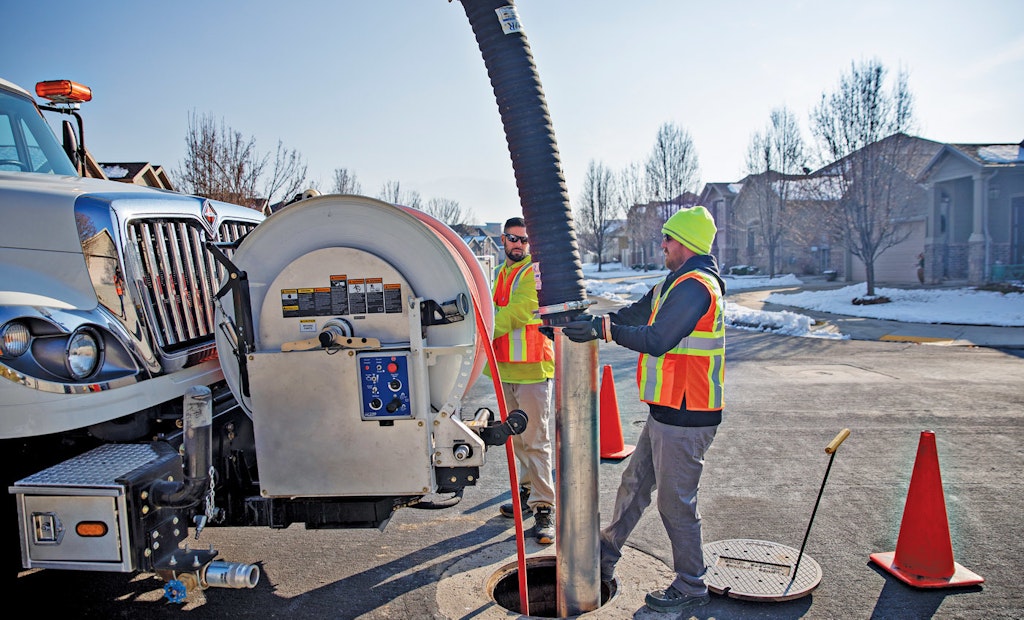On the eastern edge of Salt Lake Valley, the Sandy (Utah) Suburban Improvement District sits among similar sewer entities at the base of the Wasatch Mountains. It’s a mature district and percolates along day by day without dramatic changes in the offing.
The absence of drama is...









